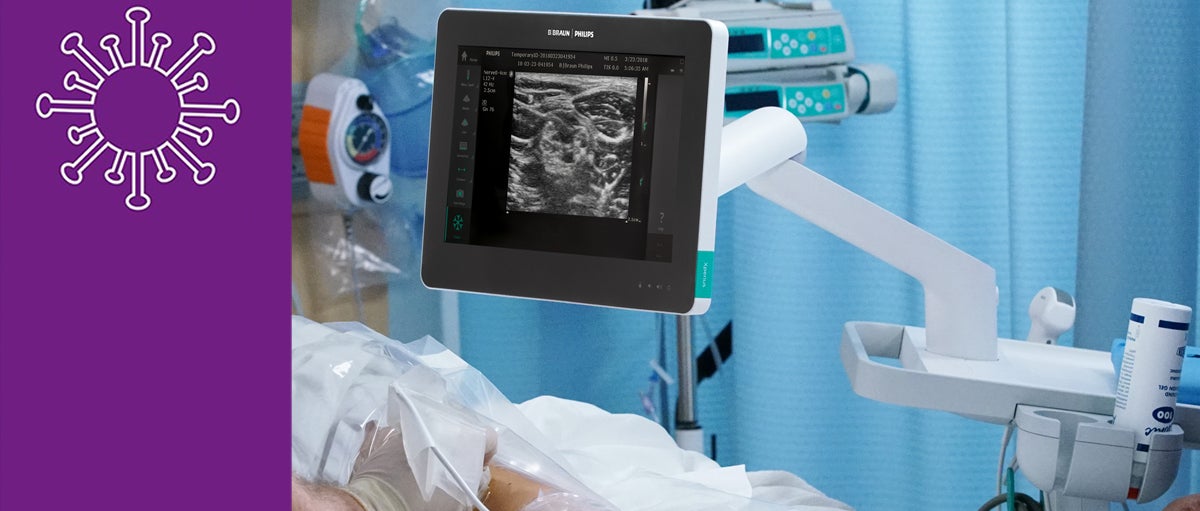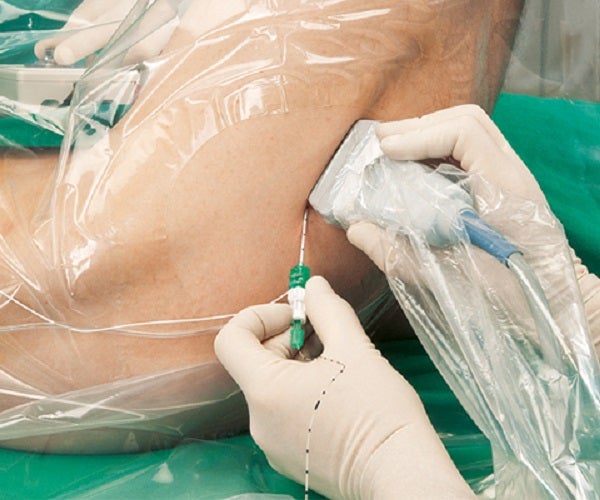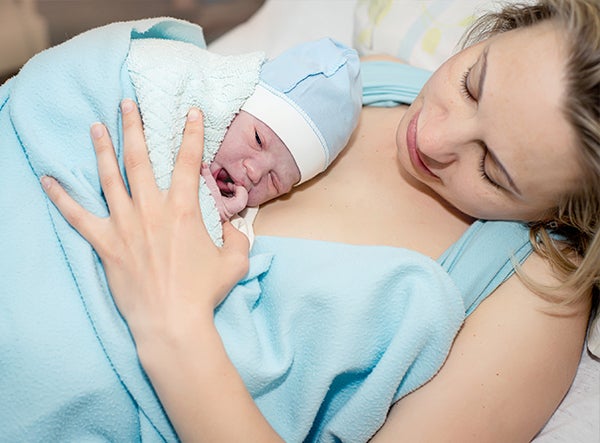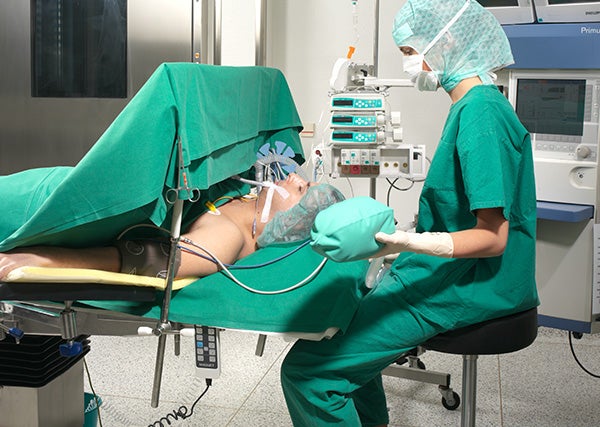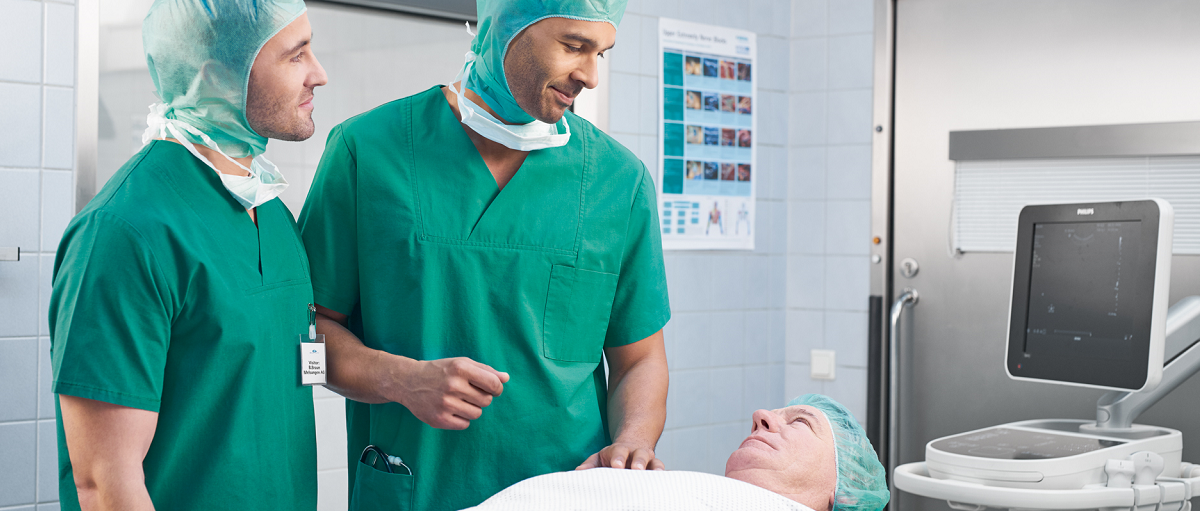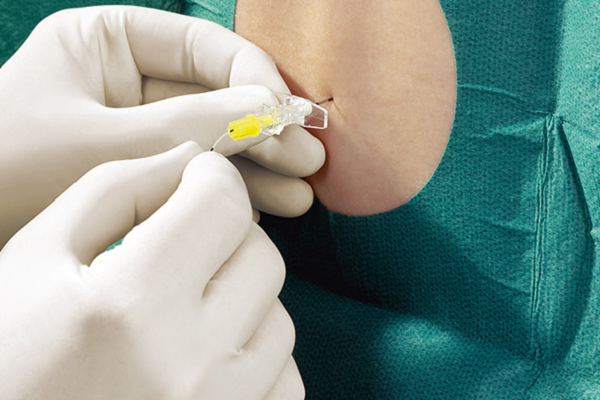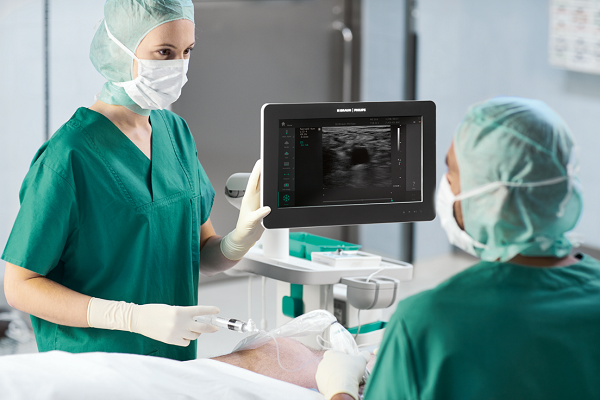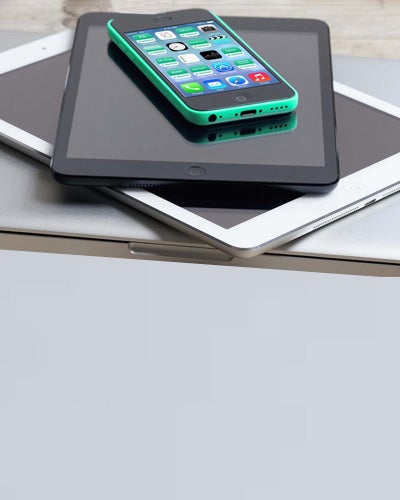PAIN THERAPY Promoting progress together
Helping to provide pain relief
Adequate pain management along with anesthesia is crucial for medical and surgical procedures as well as during the post-operative phase. In order to effectively manage pain while reducing the opioid consumption including their associated side effects, multimodal pain management strategies have become an important part during the peri-operative care process. These have and will increasingly replace general anesthetic and analgesic approaches in favor of combinations of regional and local methods such as neuraxial anesthesia (spinal / epidural approach), regional nerve blocks or direct wound infiltration.

